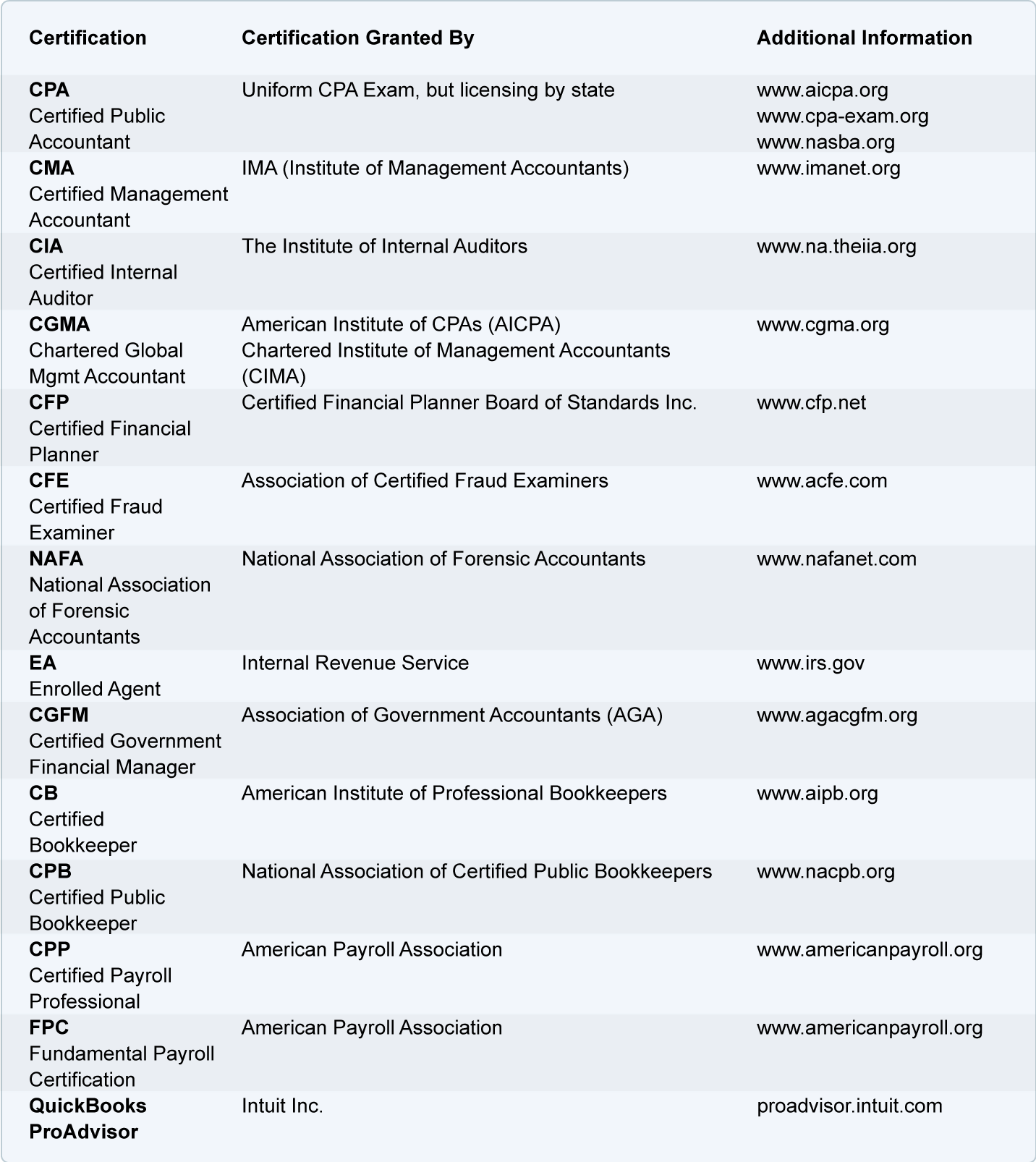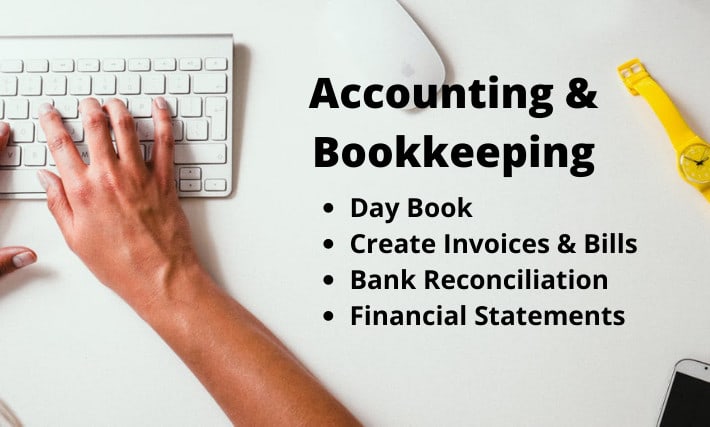
A company ledger records all financial transactions that occur within a company. These transactions are often grouped into different accounts for different purposes. Each account is a bucket' with different value and balances. The chart of accounts is a list of these different accounts in a company's ledger. This chart can be used to help you categorize all financial transactions your company makes. It also specifies how these transactions should appear.
Accounts in a company ledger
A company's ledger can be broken down into several files. These files show the accounts of a company. Posting transactions refers the process of transferring a transaction to a specific account within a company's ledger. There are two types if ledgers, the general ledger or the subsidiary ledger. The general ledger allows transactions to be recorded, while the secondary ledger allows for grouping accounts. The overall organization of a company’s general ledger can be improved by consolidating related accounts.
The company's ledger is a comprehensive list of all accounts and balances. The basic ledger type is the general, which is composed of T-accounts. This ledger records all activities related to company accounts.
General ledger
A general leadger is a database that records financial information within a business. Each transaction on the ledger corresponds to a source document or journal entry. An invoice or canceled check could be an example of a document that documents the receipt and payment received for a product, service, or other item. Lenders also have the general ledger as a valuable tool. It allows lenders to determine a company's financial standing and can also provide documentation that supports an audit.

The general leadger is the place to start when creating a budget and calculating accounts receivable revenue turnover. The general leadger can provide a summary of the business' current balance and printing expense accounts. The general ledger can also be used to determine if professional services are too expensive or if an employee has a problem.
Sub-ledgers
Sub-ledgers form part of a company’s general ledger. These sub-ledgers store detailed information about financial transactions. Each sub-ledger could contain many accounts or only one. These sub-ledgers may contain only a few accounts, or all of them, depending on accounting conventions.
Sub-ledger accounts allow businesses to have a clearer view of their financial situation. Separating each subledger account makes it easier to understand and maintain the general ledger. For example, an auditor for worker's benefits only has to examine the subledger for that particular account.
Cash book
The cash book, which is separate from the company's ledger, records cash transactions. You can easily identify errors in entries as they are recorded date-wise. Cash books can also be used to prevent cash fraud. The journal can be updated on a regular basis, and can be used as a useful tool for financial reporting.
A cash book can be divided into a credit or debit side. The debit side records cash receipts, while the credit side records cash payments and disbursements. The current cash balance is determined by the difference between them. A cash balance can have either a single column or a double column.

Dividends account
The Dividends account can be one of the many accounts that a company has in its ledger. This account appears on the Balance Sheet report in the Equity section. Dividends are recorded in the cash reserves and asset records of a company. This account is used to record dividend payments for a company.
Dividends when paid to shareholders are either credited or deducted from the Dividends accounts. Dividend payments are usually made the day after dividends are approved.
FAQ
How do I know if my company requires an accountant?
Companies often hire accountants once they reach certain sizes. If a company has $10 million annual sales or more, it will need one.
Some companies, however, hire accountants regardless their size. These include small companies, sole proprietorships as well partnerships and corporations.
The size of a company doesn't count. Only important is the use of accounting systems.
If it does, then the company needs an accountant. Otherwise, it doesn't.
What is accounting's purpose?
Accounting provides an overview of financial performance by measuring, recording, analyzing, and reporting transactions between parties. It enables organizations to make informed decisions regarding how much money they have available for investment, how much income they are likely to earn from operations, and whether they need to raise additional capital.
Accounting professionals record transactions to provide financial information.
The data collected allows the organization to plan its future business strategy and budget.
It's essential that the data is accurate and reliable.
What does an auditor do?
An auditor looks for inconsistencies between the information given in the financial statements and the actual events.
He verifies the accuracy of all figures supplied by the company.
He also confirms the accuracy of the financial statements.
Statistics
- a little over 40% of accountants have earned a bachelor's degree. (yourfreecareertest.com)
- Given that over 40% of people in this career field have earned a bachelor's degree, we're listing a bachelor's degree in accounting as step one so you can be competitive in the job market. (yourfreecareertest.com)
- The U.S. Bureau of Labor Statistics (BLS) projects an additional 96,000 positions for accountants and auditors between 2020 and 2030, representing job growth of 7%. (onlinemasters.ohio.edu)
- Employment of accountants and auditors is projected to grow four percent through 2029, according to the BLS—a rate of growth that is about average for all occupations nationwide.1 (rasmussen.edu)
- "Durham Technical Community College reported that the most difficult part of their job was not maintaining financial records, which accounted for 50 percent of their time. (kpmgspark.com)
External Links
How To
The Best Way To Do Accounting
Accounting is a process and procedure that allows businesses track and record transactions accurately. It includes recording income and expenses, keeping records of sales revenue and expenditures, preparing financial statements, and analyzing data.
This includes reporting financial results to investors, shareholders, lenders, customers, and other stakeholders.
There are many ways to do accounting. Some of these are:
-
You can also create spreadsheets manually.
-
Using software like Excel.
-
Notes handwritten on paper
-
Use computerized accounting systems.
-
Online accounting services.
There are many ways to do accounting. Each method comes with its own set of advantages and disadvantages. Which one you choose depends on your business model and needs. Before you decide to use any of these methods, make sure you consider their pros and cons.
Accounting can not only be more efficient, but there may also be other reasons to use it. If you're self-employed, for example, it might be a good idea to keep accurate books as they can provide proof of your work. Simple accounting techniques may work best for small businesses, especially if they don't have much money. However, complex accounting may be more appropriate for businesses that generate large amounts of cash.